This website uses cookies so that we can provide you with the best user experience possible. Cookie information is stored in your browser and performs functions such as recognising you when you return to our website and helping our team to understand which sections of the website you find most interesting and useful.
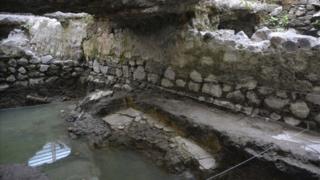 Image copyright National Institute of Anthropology and History
Image copyright National Institute of Anthropology and History
An ancient Native American sauna, dating back to the 14th Century, has been uncovered by archaeologists in Mexico City.
Central components of the sweat lodge where the tub or steam bath pool was located are still intact, according to Mexico's National Institute of Anthropology and History.
Known as temazcals, these structures were built by indigenous peoples in Mesoamerica, and used for medicinal purposes, spiritual rituals and for women to give birth.
The discovery in the historic La Merced neighbourhood helped experts to determine the exact location of Temazcaltitlán, one of the first areas of Tenochtitlán, the ancient metropolis that became modern-day Mexico City.

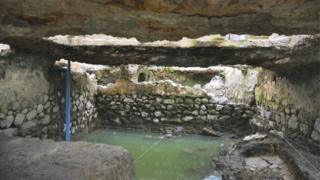 Image copyright National Institute of Anthropology and History
Image copyright National Institute of Anthropology and History
The excavations also uncovered the well-preserved remains of a house built after the Spanish conquest centuries later, its walls decorated with red motifs. It is thought to have been occupied by a noble indigenous family in the 16th Century.
"The findings suggest that in the 16th Century this area was more populated than we initially thought," said Víctor Esperón Calleja, who led the excavation work.

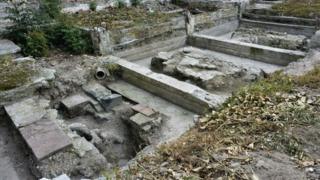 Image copyright National Institute of Anthropology and History
Image copyright National Institute of Anthropology and History
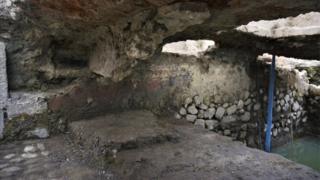 Image copyright National Institute of Anthropology and History
Image copyright National Institute of Anthropology and History
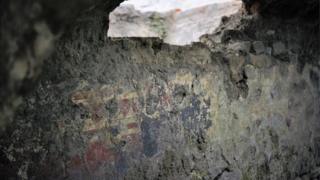 Image copyright National Institute of Anthropology and History
Image copyright National Institute of Anthropology and History
The team also uncovered the remains of a tannery that was probably located there between 1720 and 1820. The site is located next to the Casa Talavera, a building of Baroque style that dates back to either the 16th or early 17th Century now used as a cultural centre.

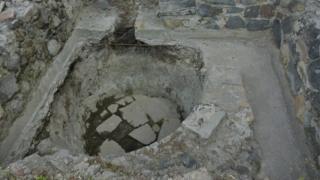 Image copyright National Institute of Anthropology and History
Image copyright National Institute of Anthropology and History
There are an estimated 200,000 archaeological sites in Mexico - among them, the Mayan ruins and pyramids in the country's south, the Paquime mud-based constructions in the northern state of Chihuahua and the huge complex of Teotihuacan, north of Mexico City.
You may also be interested in:
Media playback is unsupported on your device
All pictures copyright.



 Africana55 Radio
Africana55 Radio 
